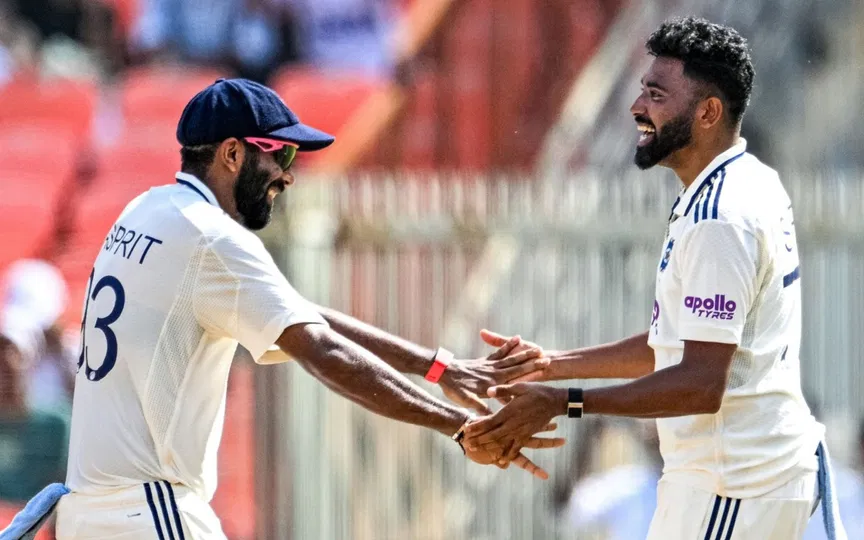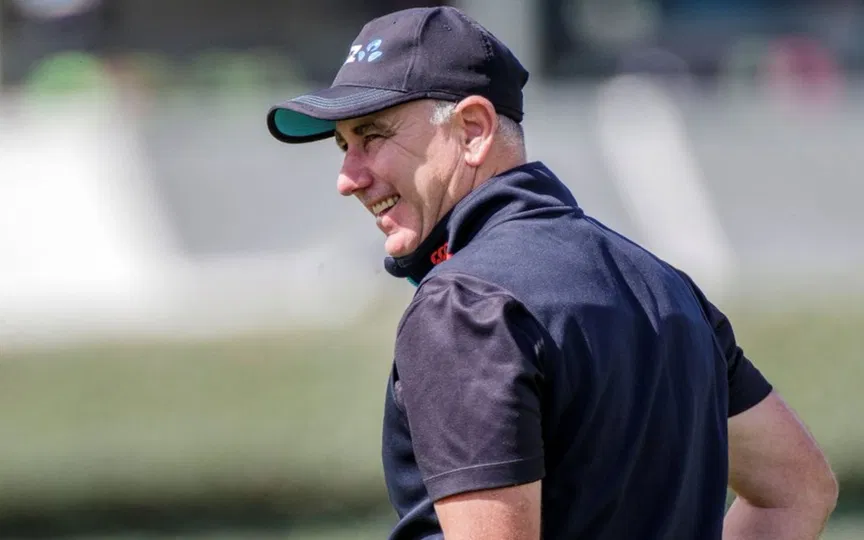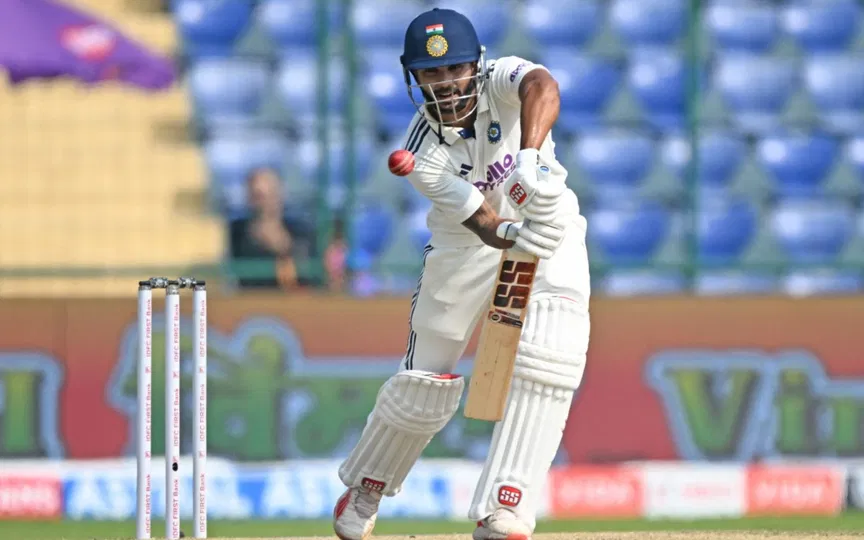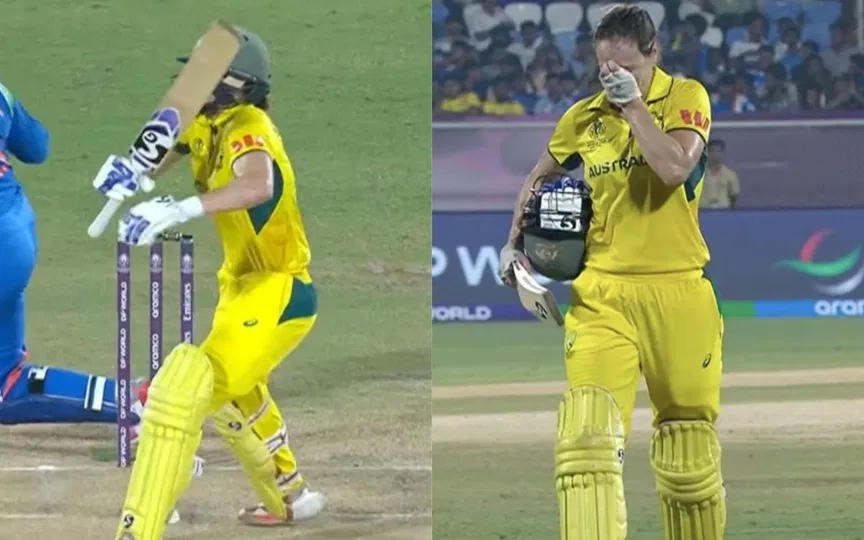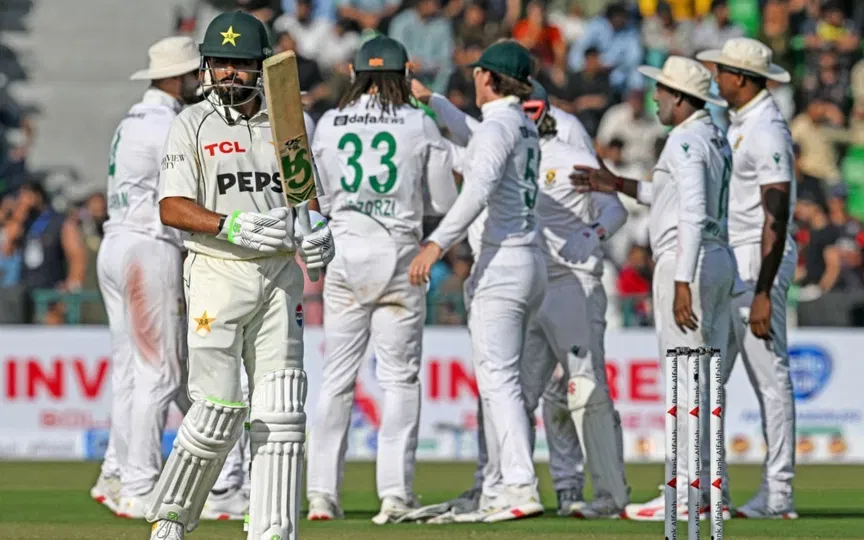![Jasprit Bumrah's confusing workload management [Source: @SudhirBadola13/X.com]](https://onecricketnews.akamaized.net/parth-editor/oc-dashboard/news-images-prod/1760276302200_Jasprit_Bumrah_India_West_Indies.jpg?type=hq) Jasprit Bumrah's confusing workload management [Source: @SudhirBadola13/X.com]
Jasprit Bumrah's confusing workload management [Source: @SudhirBadola13/X.com]
Jasprit Bumrah is as valuable as a Kohinoor diamond to Indian cricket, and that sentiment has been echoed by the management when they allowed the pacer to pick and choose Tests as part of a workload management plan.
During the Anderson-Tendulkar Trophy in 2025, Bumrah played 3 out of the 5 Tests with significant rest in between spells.
Since the right-arm pacer is vulnerable to serious back injury, his workload has become India’s utmost priority, especially under head coach Gautam Gambhir’s reign.
However, the Gambhir-led management contradicted its stance on workload management when they selected Bumrah for the 2-game home Test series against the West Indies.
India’s strange handling of Jasprit Bumrah in the West Indies series baffles fans
Against an uncompetitive side like the West Indies, Jasprit Bumrah was expected to rest and rejuvenate himself before the South Africa tour scheduled in November.
However, Bumrah confirmed his availability despite playing in the Asia Cup 2025. In the first Test played at Ahmedabad, the pacer bowled 20 overs in 2 innings, claiming 3 wickets.
In the second Test held at Delhi, Bumrah bowled 14 overs in the second innings. After India enforced follow-on, West Indies scored 173/2 by stumps on day 3.
Interestingly, while John Campbell and Shai Hope knitted a 138-run partnership for the third wicket, India didn’t use Jasprit Bumrah as a wicket-taking option.
He bowled only 4 overs in 2 sessions, while Siraj, Ravindra Jadeja and Kuldeep Yadav bowled 6, 14 and 11 overs, respectively.
If Bumrah’s workload is a concern, why not just rest him entirely?
Jasprit Bumrah is one of the biggest match-winners in world cricket. Yet, watching him feature in the playing XI against the West Indies and bowl just a few overs feels utterly baffling.
In a series where India’s spinners have dominated and the fast bowlers have had limited work, one has to ask: Why risk Bumrah at all if you aren’t going to use him properly?
4 overs is not workload management; that’s indecision. If the plan was to rest him, India could’ve done that. Instead, he’s out there, fielding under the sun, bowling short spells, and leaving fans confused.
The management’s explanation seems to lie somewhere between “keeping him fresh” and “giving him rhythm”. But that reasoning doesn’t quite add up. A bowler like Jasprit Bumrah thrives on rhythm, not rust.
Playing but barely bowling doesn’t help his fitness or form; it simply keeps him in limbo. This approach feels like India trying to have it both ways, ensuring he’s part of the setup but afraid to use him properly.
If Bumrah is part of the XI, he should be India’s strike weapon, not a backup option. Yes, Bumrah’s injury history is serious. But “cautious” shouldn’t mean “confused”.
If he needs rest, rest him. If he’s fit enough to play, trust him to bowl. India’s current approach feels like keeping a Ferrari parked in the garage just to ensure it doesn’t get scratched.
What future holds for Jasprit Bumrah in Test cricket?
The bigger issue is what this says about India’s long-term planning. With crucial tours and the next World Test Championship cycle ahead, workload management has become the buzzword.
But the balance seems off. For someone like Jasprit Bumrah, who’s essential in overseas Tests in England, Australia, and South Africa, the home series against a weaker West Indies side was the perfect opportunity to rotate him out and give a younger pacer like Mukesh Kumar or Akash Deep a longer run.
Instead, India’s decision to include Bumrah but barely use him sends mixed signals. Is the team trying to keep him “match-fit”, or are they just hesitant to trust their bench strength? Either way, it doesn’t inspire confidence in the team’s planning.
At 31, Jasprit Bumrah still has several prime years left. How India manages him now will decide whether he ends up remembered as a legend who played long or one whose career was shortened by poor decisions.
Right now, the management seems unsure. And in Test cricket, indecision is as costly as a dropped catch.

